Property owners across Florida face significant legal responsibilities to maintain safe premises, but liability for injuries isn’t automatic or absolute. Understanding Florida property owner liability requires navigating complex legal standards that balance visitor safety with reasonable expectations of personal responsibility. Whether you’ve been injured at a Sarasota beach resort, slipped near a residential pool, or tripped on an uneven sidewalk in downtown Tampa, knowing when property owners bear legal responsibility helps determine your rights to compensation.
Key Takeaways for Florida Property Owner Liability
- Florida property owners owe different duties of care based on visitor status—invitees receive the highest protection, while trespassers receive minimal protection except in specific circumstances.
- The “open and obvious” doctrine doesn’t automatically absolve property owners of liability, especially when they should anticipate that visitors might still encounter the danger.
- Florida’s comparative negligence law reduces compensation based on the injured person’s share of fault, but recovery remains possible if you’re 50% or less at fault.
- Property owners must regularly inspect premises and fix or warn about dangerous conditions they know or should know about through reasonable care.
- Special rules apply to attractive nuisances like swimming pools, requiring extra precautions to protect children from foreseeable harm.
Understanding Property Owner Duties in Florida
Florida law establishes that property owners owe varying levels of care depending on why someone enters their property. This classification system determines what safety measures owners must take and when they face liability for injuries. Business customers receive the strongest legal protections as “invitees,” while social guests and trespassers face different standards that can significantly impact injury claims.
Florida Statute 768.0755 specifically addresses business establishments’ liability for transitory foreign substances like spilled liquids or dropped items. This law requires injured customers to prove the business had actual or constructive knowledge of the dangerous condition. Constructive knowledge exists when the condition lasted long enough that regular inspections should have discovered it.
Different Visitor Classifications and Rights
Understanding your legal status when you’ve been injured on someone’s property proves crucial for determining available remedies. Florida recognizes three primary visitor categories:
- Business invitees enter property for purposes benefiting the owner, like shopping at stores or dining at restaurants, receiving the highest duty of care
- Licensees include social guests entering with permission but not for business purposes, requiring warnings about known hidden dangers
- Trespassers enter without permission—owners must refrain from willful misconduct toward undiscovered trespassers and warn discovered trespassers of known, non-obvious dangers
These classifications significantly impact liability determinations. A customer slipping on a wet floor at a Bradenton grocery store has stronger legal protections than a friend injured at a backyard barbecue, even if the dangerous conditions appear identical.
When Property Owners Face Liability
Florida property owners face liability when they breach their duty of care by failing to maintain reasonably safe conditions. This breach must directly cause someone’s injuries for liability to attach. The specific requirements vary based on visitor status but generally require proving the owner knew or should have known about the dangerous condition and failed to address it appropriately.
Actual knowledge exists when property owners or their employees directly observe dangerous conditions. Constructive knowledge applies when hazards exist long enough that reasonable inspection would reveal them. For example, surveillance footage showing a puddle present for hours before someone slips establishes constructive knowledge.
Property owners also face liability for dangerous conditions they create, regardless of knowledge requirements. When maintenance activities, construction projects, or operational decisions create hazards, owners bear responsibility for resulting injuries.
The “Open and Obvious” Defense Explained
Property owners frequently invoke the “open and obvious” defense, arguing they shouldn’t bear responsibility when dangers are plainly visible. However, Florida courts recognize important limitations to this doctrine that often surprise property owners expecting automatic protection.
The key question isn’t simply whether a hazard was visible, but whether the property owner should have anticipated that visitors might still encounter it despite its obvious nature. Importantly, while property owners may have no duty to warn of obvious hazards, they still maintain a duty to keep premises reasonably safe. Factors like inadequate lighting, visual obstructions, or distractions that prevent visitors from noticing obvious dangers can defeat this defense.
Limitations of “Open and Obvious” in Florida
Florida courts consistently reject blanket application of the open and obvious doctrine, especially in business settings. Several circumstances limit this defense’s effectiveness:
- Foreseeable distractions exist when property layouts or business operations naturally divert visitor attention from hazards
- No reasonable alternative routes force visitors to encounter obvious dangers to access intended destinations
- Inadequate lighting or environmental conditions obscure otherwise obvious hazards
- Prior incidents demonstrating that others encountered the same obvious danger suggest additional protections are needed
Swimming pools throughout Florida communities illustrate these principles well. While pools obviously contain water and drowning risks, property owners can’t simply rely on their obvious nature to escape liability. Inadequate fencing, broken gates, or slippery pool decks create liability despite the water’s obvious presence.
Comparative Negligence Impact on Claims
Florida’s modified comparative negligence system fundamentally changed how courts allocate fault in premises liability cases. Since March 2023, injured parties can only recover damages if they bear 50% or less responsibility for their injuries.
Insurance companies aggressively argue comparative negligence to reduce payouts. They scrutinize surveillance footage for evidence of distracted walking, inappropriate footwear, or failure to use handrails. However, property owner negligence often substantially outweighs visitor conduct, especially when owners create dangerous conditions or ignore known hazards.
Juries must weigh each party’s conduct when assigning fault percentages. Property owners who fail to address recurring problems, ignore safety regulations, or prioritize aesthetics over safety often bear primary responsibility despite some visitor negligence.
Special Circumstances Affecting Liability
Attractive Nuisance Doctrine
Florida’s attractive nuisance doctrine imposes special obligations on property owners to protect child trespassers from dangerous conditions that might attract them. Swimming pools represent the classic attractive nuisance, but the doctrine extends to trampolines, playground equipment, and construction sites. Florida’s Residential Swimming Pool Safety Act and local barrier codes establish specific requirements for pool safety.
Property owners with attractive nuisances must take reasonable precautions, including:
- Installing appropriate fencing that meets local building codes around pools
- Maintaining self-closing and self-latching gates at proper heights
- Removing ladders from above-ground pools when they are unsupervised
- Securing construction equipment and materials
- Posting clear warning signs using graphics that children understand
Government Property Distinctions
Injuries on government property involve additional complexities under Florida’s sovereign immunity laws. Florida Statute 768.28 waives sovereign immunity for certain negligent acts but caps damages and requires specific notice procedures. Injured parties must provide written pre-suit notice to both the agency and the Department of Financial Services, then wait six months before filing suit.
Uneven sidewalks present common hazards in older Florida cities where tree roots, settling, and weather create dangerous walking conditions. Municipalities bear responsibility for sidewalk maintenance but often claim lack of notice about specific defects. Documenting prior complaints or photographs of long-standing conditions helps overcome these defenses.
Common Defenses Property Owners Use
Property owners and their insurance companies deploy predictable defense strategies to avoid liability. Understanding these tactics helps injured parties anticipate arguments and gather countering evidence.
The “lack of notice” defense claims property owners cannot be liable for unknown dangerous conditions. This defense fails when reasonable inspection procedures would have discovered hazards or when conditions existed long enough to imply constructive knowledge.
Property owners also argue that injured parties’ actions caused their injuries rather than property conditions. While these factors might establish some comparative fault, they rarely absolve negligent property owners who created or ignored dangerous conditions.
Challenging Property Owner Defenses
Successfully challenging property owner defenses requires strategic evidence gathering:
- Documenting the dangerous condition’s duration through witness statements or time-stamped photos
- Obtaining maintenance records revealing inspection failures or deferred repairs
- Identifying similar incidents at the same location suggesting ongoing dangerous conditions
- Presenting expert testimony about industry standards for property maintenance
- Showing actual knowledge through incident reports or repair requests
Video surveillance often provides the most powerful evidence countering property owner defenses, showing how long hazards remained unaddressed.
Real-World Florida Examples
Resort pools and beach access areas present multiple hazards that require careful maintenance. Slippery pool decks without proper drainage create dangerous conditions even when wet conditions seem obvious. Missing depth markers, broken underwater lights, or deteriorating ladder grips establish liability despite swimming’s inherent risks.
Hurricane damage creates temporary but foreseeable hazards that property owners must address promptly. Fallen branches, damaged walkways, or compromised structures require immediate warnings and prompt repairs. Property owners cannot ignore storm damage hoping visitors will exercise extra caution.
Retail and Restaurant Scenarios
Florida’s year-round tourism creates countless opportunities for premises injuries. Spilled drinks in busy Sarasota restaurants, wet floors from afternoon thunderstorms tracked into Tampa shops, or produce dropped in grocery aisles represent daily hazards requiring vigilant maintenance.
Parking lot conditions often receive insufficient attention despite causing numerous injuries. Potholes hidden by standing water after Florida’s frequent rains, inadequate lighting preventing visitors from seeing curbs, and failure to maintain painted warnings create dangerous conditions.
Steps to Protect Your Rights
Taking immediate action after suffering injuries helps protect your legal rights and strengthen potential claims. Document everything possible at the scene, including photographs showing the dangerous condition, surrounding areas, lighting conditions, and any warning signs. For claims arising on or after March 24, 2023, Florida’s statute of limitations provides two years to file a negligence lawsuit.
Report injuries immediately, insisting on written incident reports. Never admit fault or downplay injuries, as these statements get twisted to support defenses. Obtain witness contact information, as their independent observations prove invaluable.
Preserving Evidence for Your Claim
Evidence preservation extends beyond initial documentation:
- Keep shoes and clothing worn during the incident
- Maintain all medical records documenting treatment
- Create written accounts while memories remain fresh
- Request that property owners preserve surveillance footage and maintenance logs
- Photograph injuries throughout recovery
Social media activity requires careful consideration. Insurance investigators search profiles for posts contradicting injury claims, making social media abstinence the safest approach during pending claims.
FAQ for Florida Property Owner Liability

Can I sue if I was partially at fault for my injury?
Yes, Florida’s comparative negligence law permits recovery if you bear 50% or less fault. Your compensation reduces by your fault percentage. Property owner negligence often substantially outweighs visitor conduct, preserving significant recovery despite some comparative fault.
What if warning signs were posted about the dangerous condition?
Warning signs don’t automatically protect property owners from liability, especially when hazards remain unreasonably dangerous despite warnings. Property owners must still maintain reasonably safe conditions, not simply warn about persistent dangers.
How long do property owners have to fix dangerous conditions?
Reasonable time depends on the danger’s severity and potential harm. Immediately dangerous conditions like large spills require prompt action measured in minutes, while structural repairs might allow days or weeks with adequate temporary protections.
Does homeowner’s insurance cover injuries at private residences?
Most homeowner’s insurance policies include liability coverage for visitor injuries, though coverage limits and exclusions vary. Attorneys help interpret coverage and challenge improper denials.
What makes swimming pool injuries different from other premises cases?
Swimming pools trigger special legal duties, including compliance with safety codes, barrier requirements, and enhanced child protections under the attractive nuisance doctrine. Pool owners must anticipate unsupervised child access attempts and implement multiple safety layers.
Protecting Yourself After Property Injuries
Understanding Florida property owner liability empowers injured visitors to recognize valid claims and protect their legal rights. While property owners don’t face automatic liability for every injury, they must maintain reasonably safe premises and warn about hidden dangers. The interplay between visitor status, obvious dangers, and comparative negligence creates complex legal questions requiring experienced analysis.
Hale Law’s attorneys understand the nuances of Florida premises liability from our offices throughout Southwest Florida, including our Sarasota headquarters at 2803 Fruitville Road. We investigate property conditions, challenge owner defenses, and fight for fair compensation. Our experience with local properties, from Siesta Key resorts to downtown shops, provides insight into common hazards and owner responsibilities.
If you’ve suffered injuries on someone else’s property, don’t assume you lack recourse—call (941) 735-4529 for a free consultation to discuss your rights and learn how we can help secure the compensation you deserve.
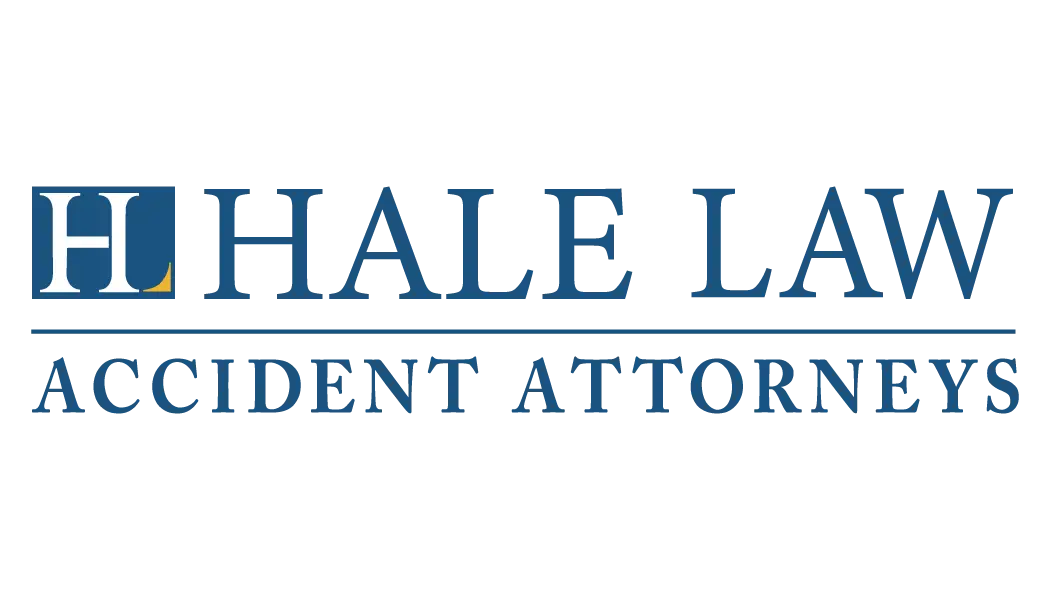
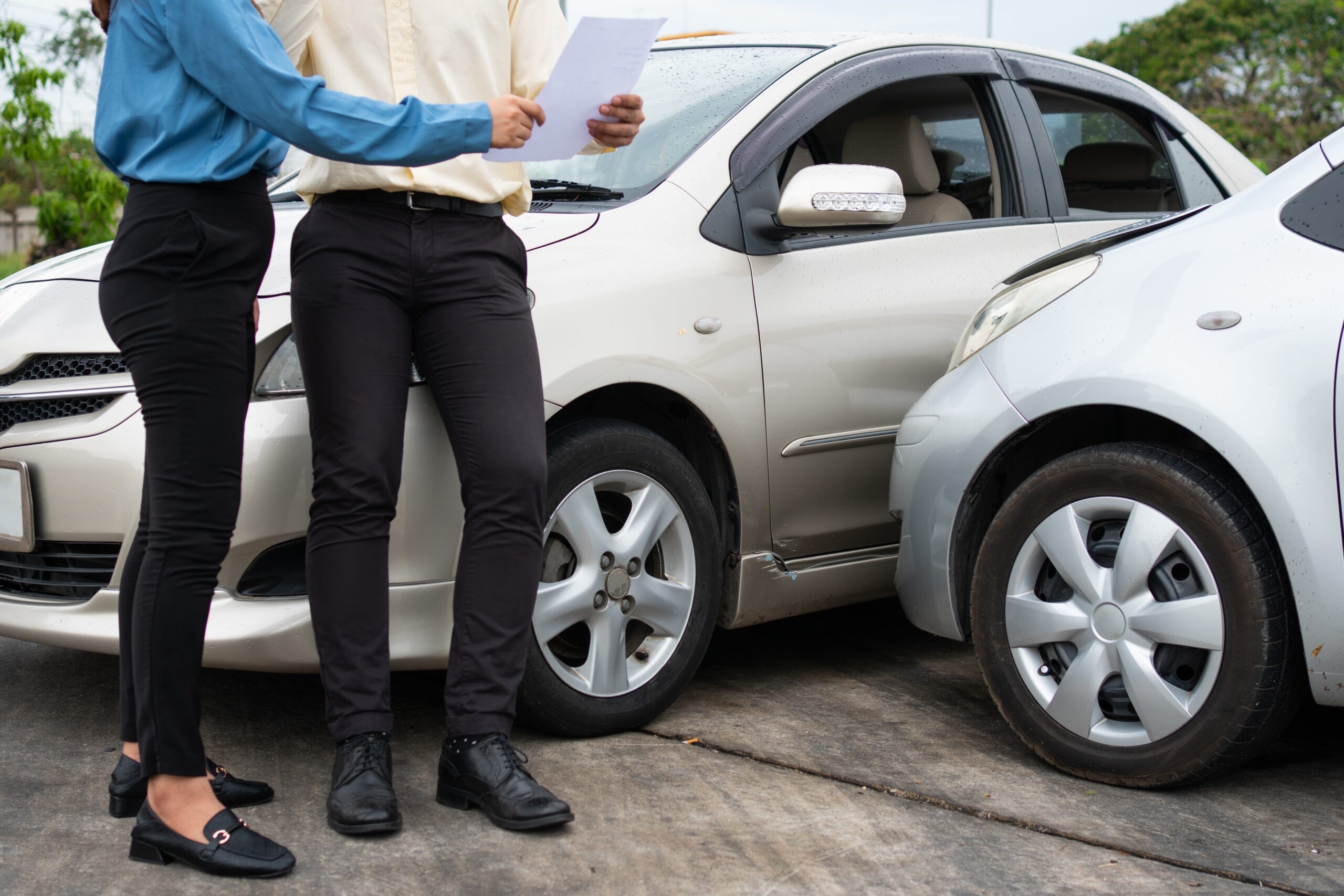
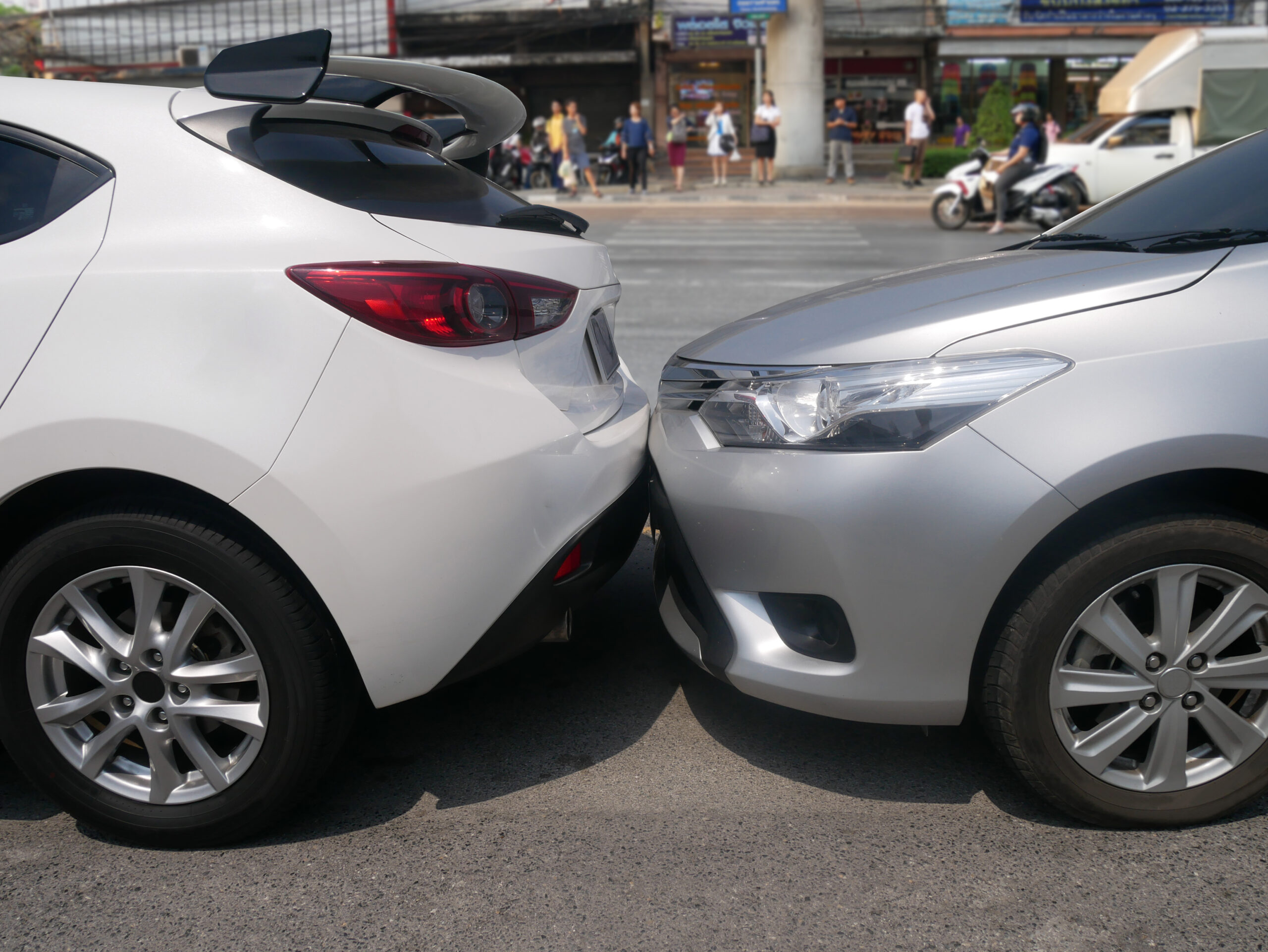
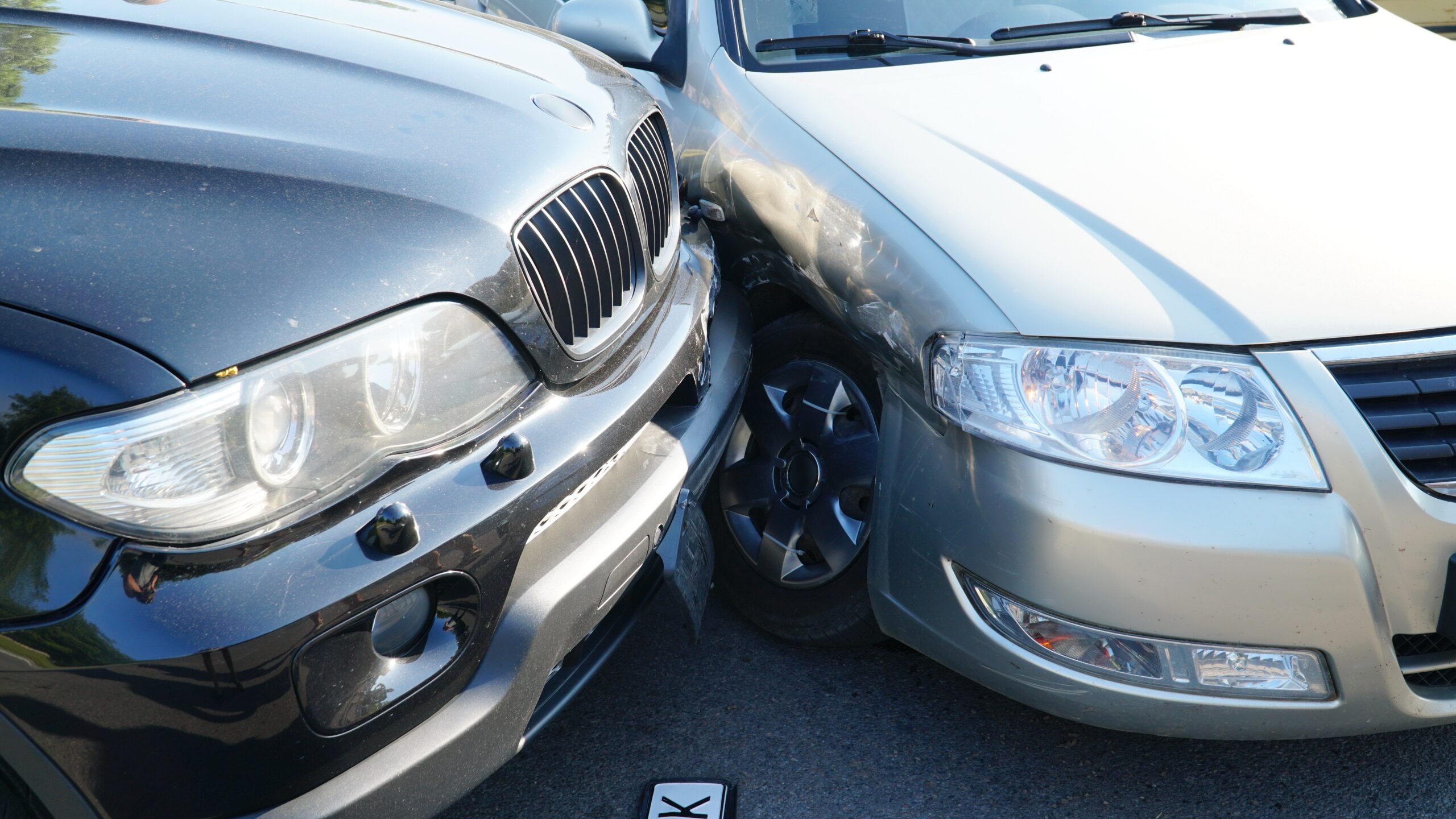
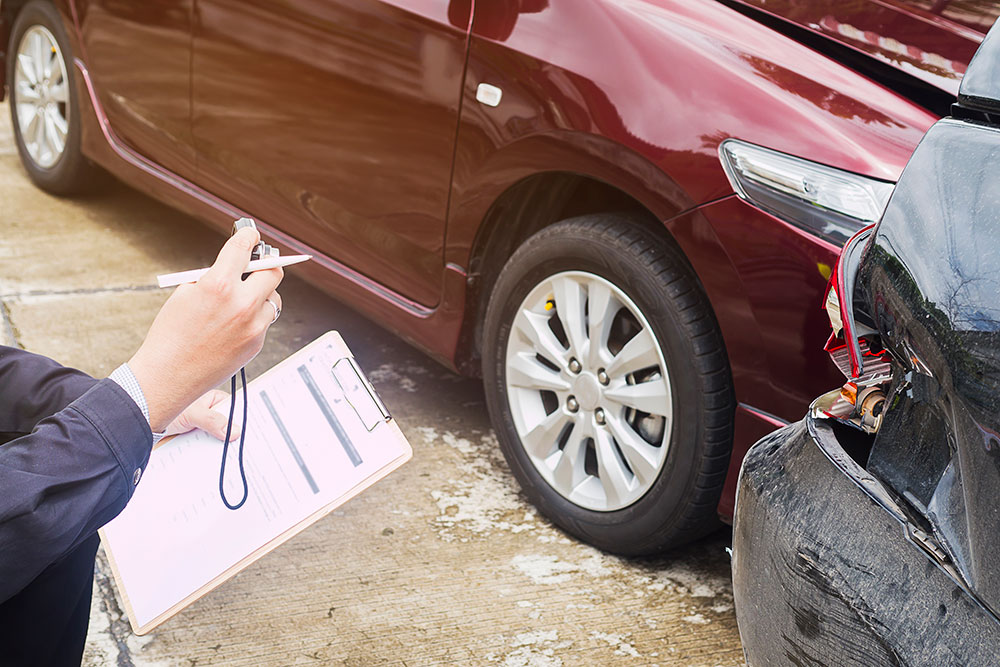
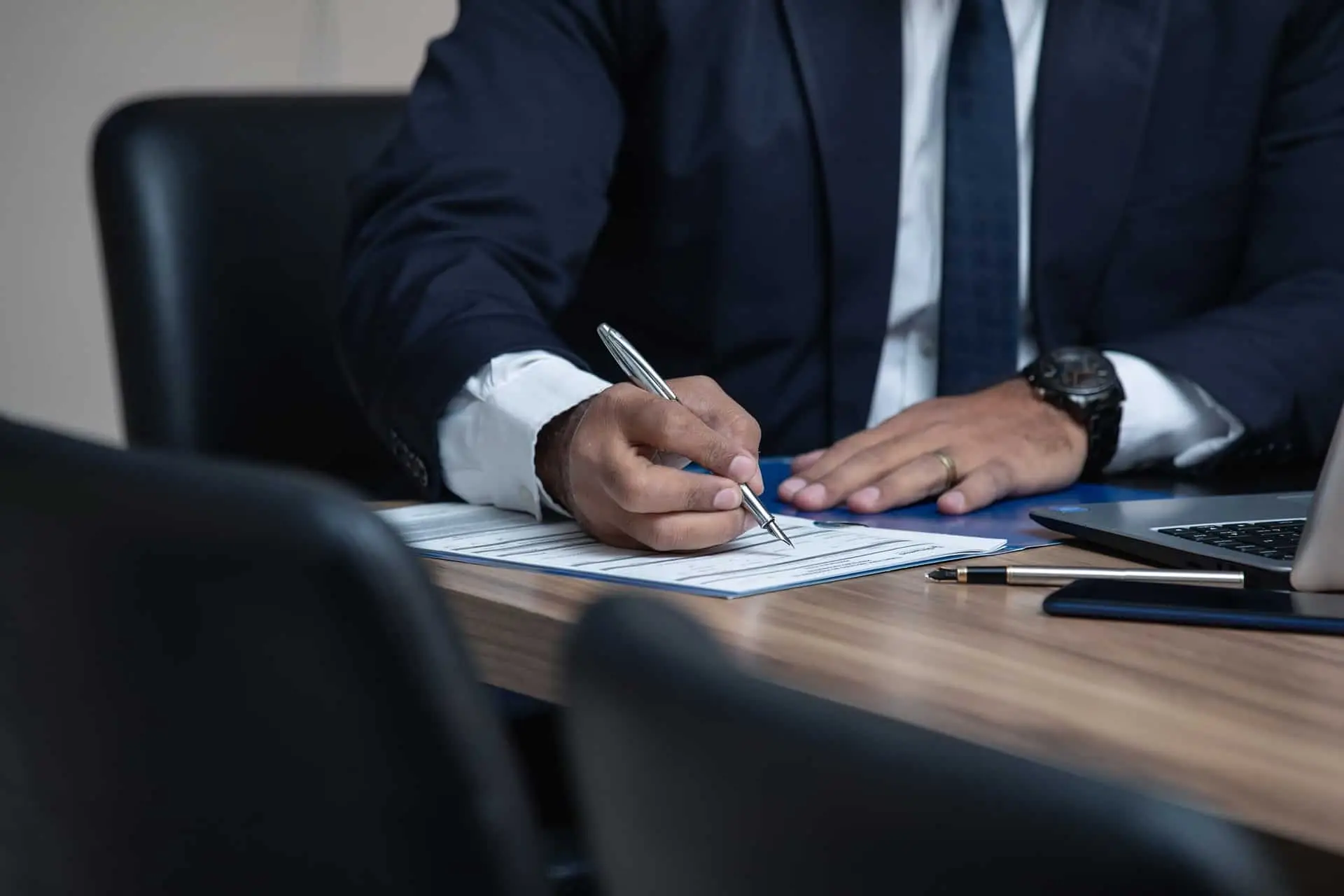
 Sarasota
Sarasota Lakewood Ranch
Lakewood Ranch Port Charlotte
Port Charlotte Brandon
Brandon Bradenton
Bradenton Venice
Venice
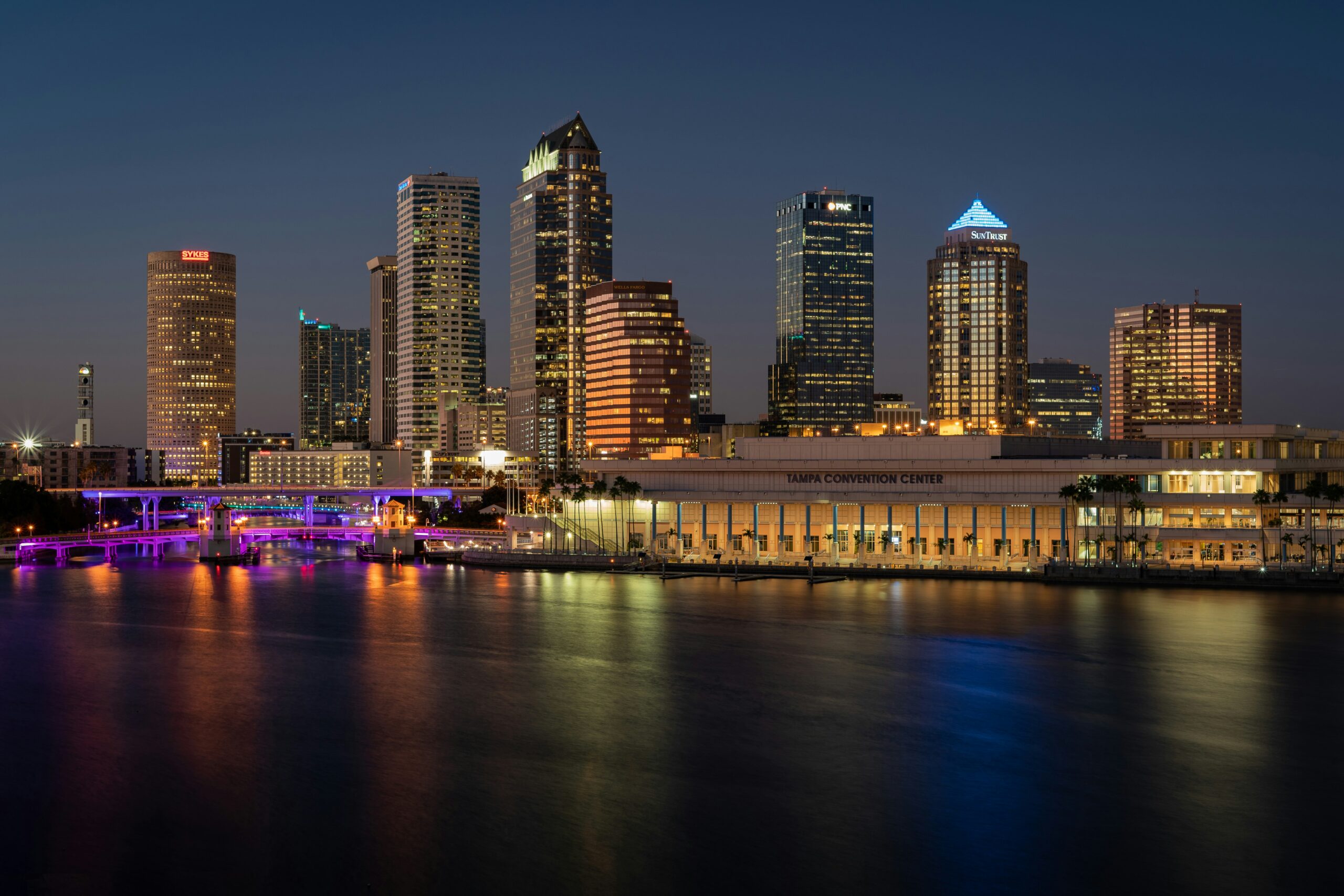 Tampa
Tampa